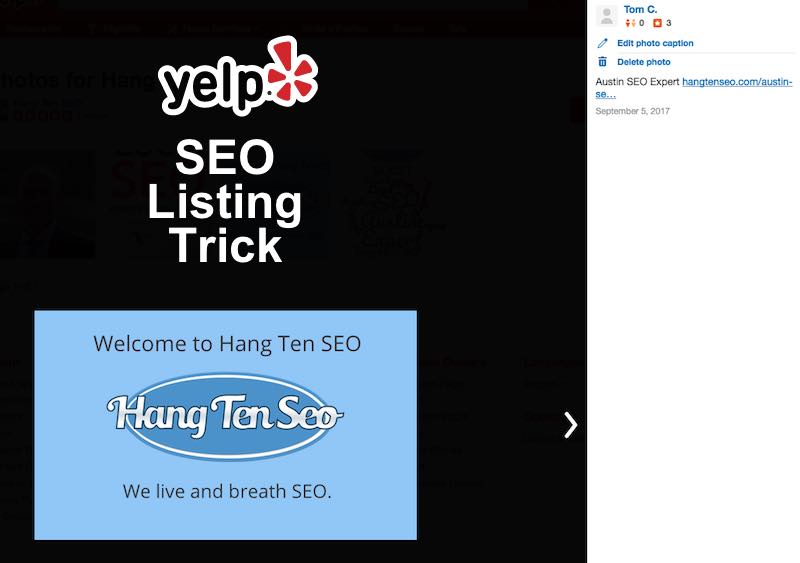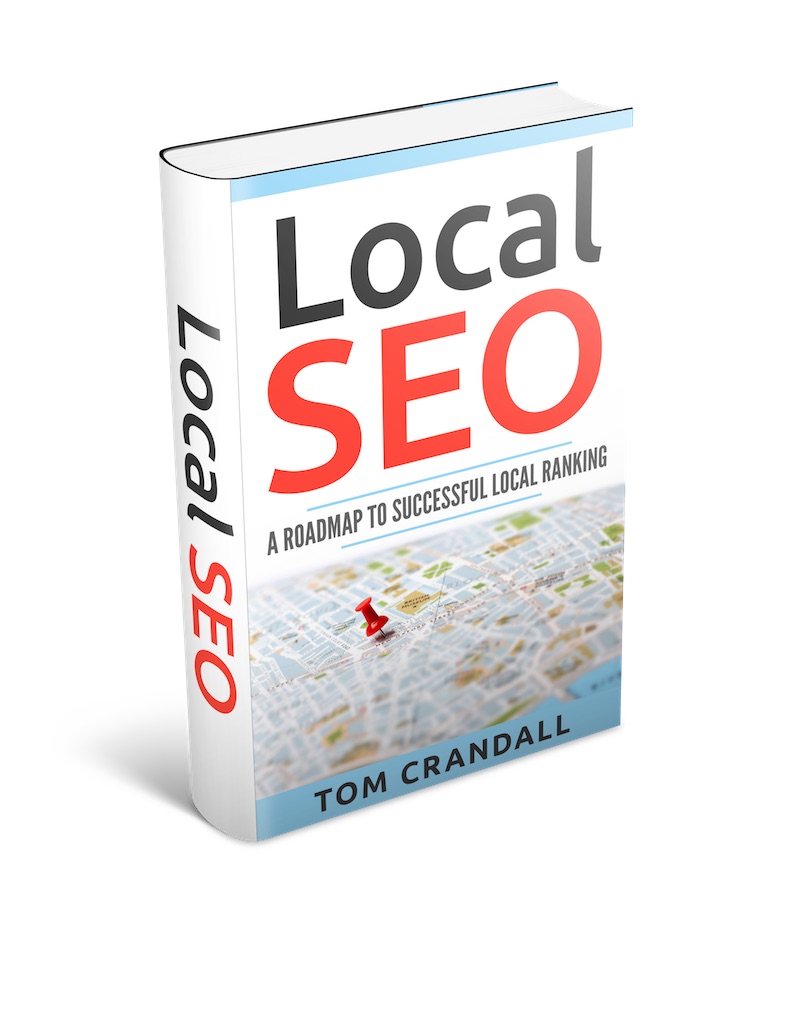With Algorithms like Hummingbird and Rankbrain, Google’s goal is to provide the best search results for a user’s Search Queries and Search Intent.

In general, Google breaks down search queries into 3 main categories including
- Brand Name Searches
- Information Searches
- e-Commerce Searches
The goal with each category is to meet a user’s search intent by providing the best most relevant results.

Brand Name Searches
Brand Name Searches typically revolve around company or product name searches. For example, someone who wants to connect to Linkin or Youtube or Apple can simply type the name in the search bar without including HTTPS://… or type in the Google Search box.
Google understands that the search results should include the brand name result set.
Below is an example of a searcher who typed in “Apple”. As you can see there is a paid ad, a sidebar informational listing, and the main SERP listing.
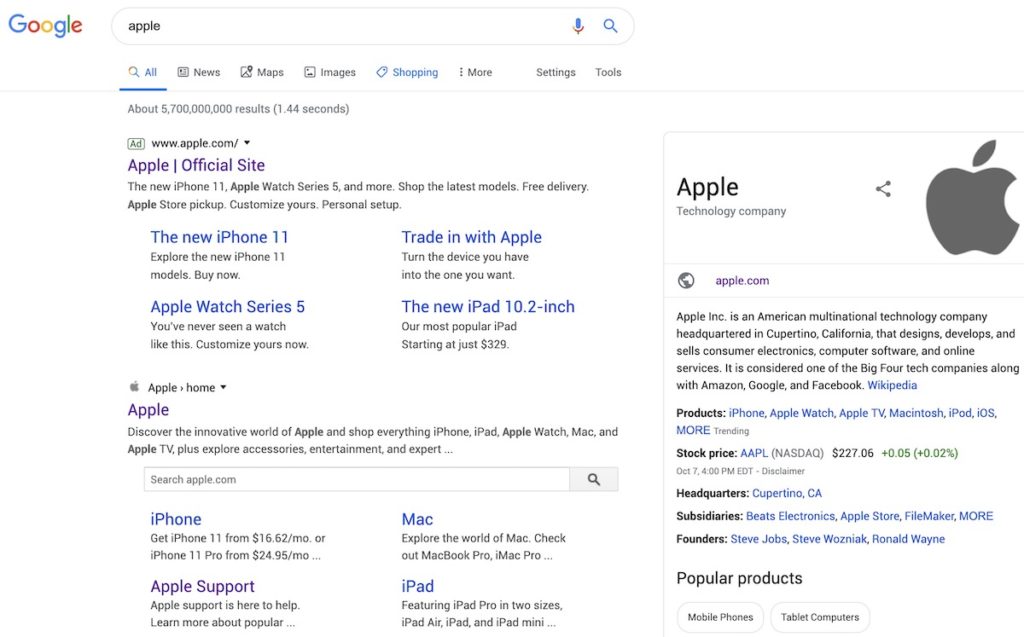
Informational Searches
Informational Searches include the vast array of searches where people are trying to get more information. Think of all the people looking for information on various drugs and side effects or people looking for information on buying a new car or truck or wanting information on the latest product by Apple, Microsoft. Understanding a searcher’s intent can go a long way to creating content that converts.
I recently wrote a rumors article on the latest GoPro called the GoPro Hero 8 Black. The goal was to entice people who were looking for the latest rumors on the upcoming GoPro. Every year companies release new products and come out with new updates to existing ones. These trends can be capitalized on and used to boost traffic. Knowing that users will be searching for news and updates on the latest GoPro was key to help create the content.
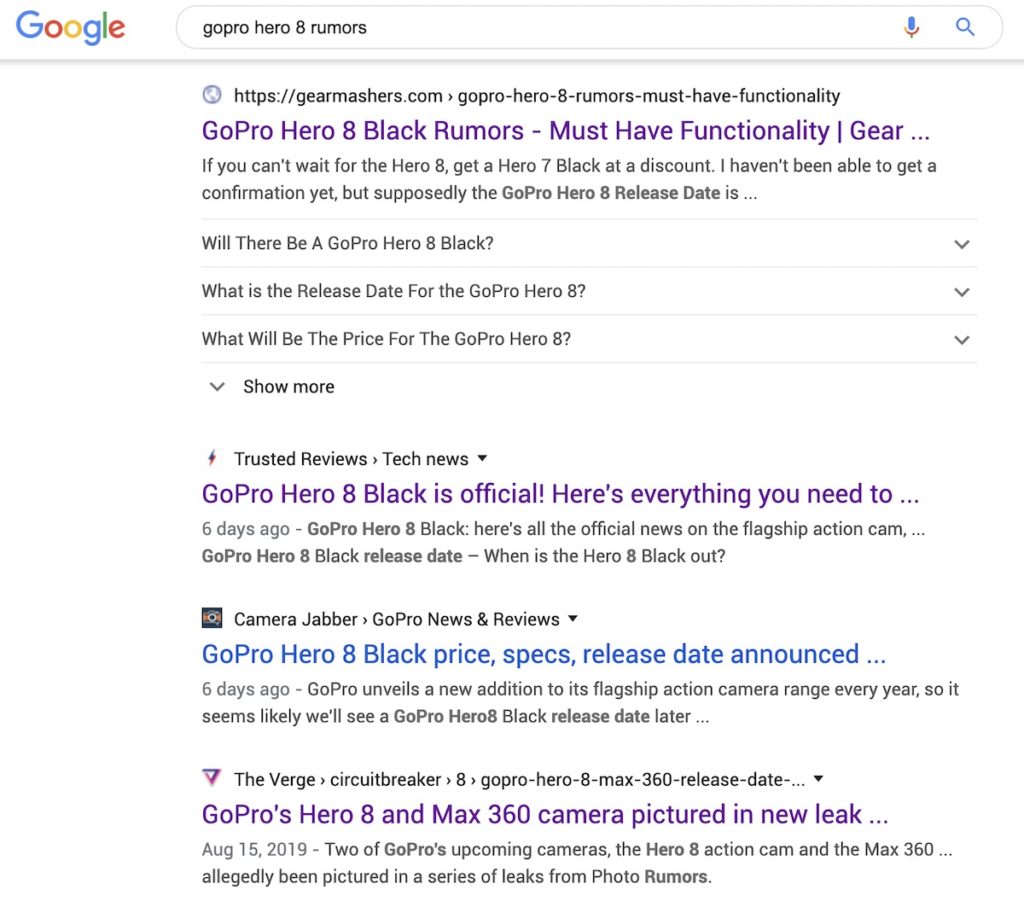
As it turns out my GoPro Hero 8 Black Rumors article ranked number 1 in google for months and continues to rank on page one. I was able to satisfy user intent, which in turn was rewarded by Google’s algorithmic ranking.
PRO TIP: When doing keyword research use tools like Ahrefs which will allow you to sort keywords based on Position, Volume, and Keyword Difficulty. Once a keyword or phrase is found, review the top Google search listings to get an idea of search intent.
e-Commerce Searches
e-Commerce searches are those searches where user search intent is to buy something. These transactional searches might include terms such as buy, purchase or order, but more often are a bit more vague. Examples include a car name like “Toyota Land Cruiser” or a particular product like “2019 Macbook Pro”. Google understands that keywords like these are often used when people are looking to make a purchase and so the results usually include links to purchase.
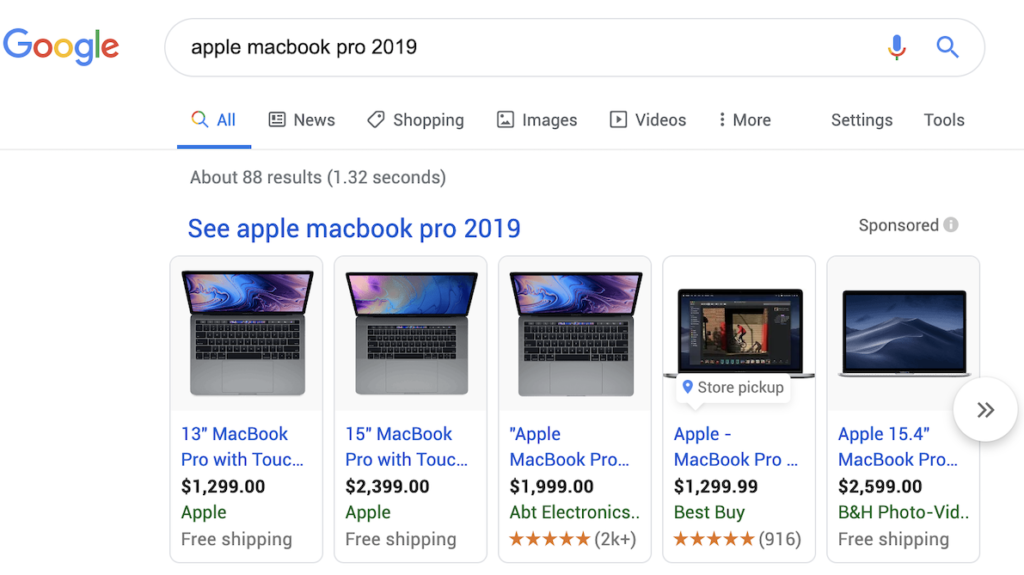
Google has further defined some e-Commerce searches into subsets or verticals. Again the goal here is to answer user intent.
For example someone searching for pizza will most likely see local pizza restaurant listings rather than generic listings about pizza or pizza companies. Google’s Algorithm knows that most people who just type “pizza” are looking to BUY pizza from a local restaurant and so they display results of local pizza restaurants.
Ranking in these verticals almost always requires paid advertising campaigns to stand out. For example, Domino’s below is using paid advertising to targeted the Austin area for people searching on the term “Pizza”.
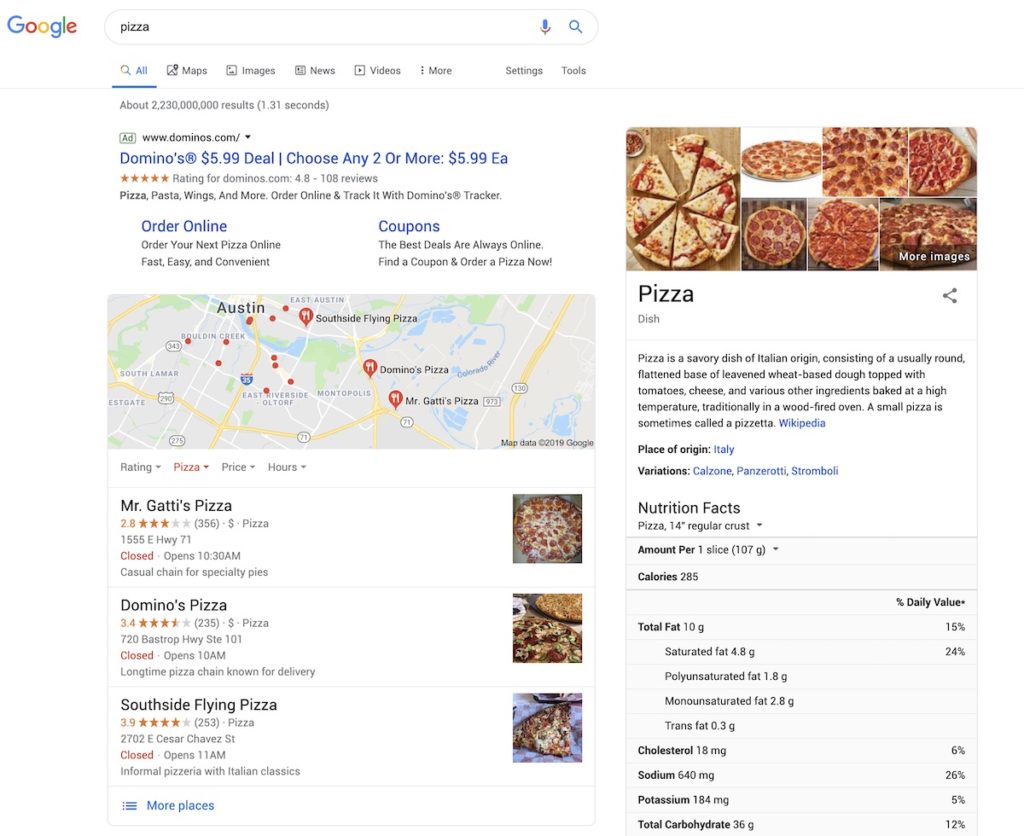
PRO TIP: Make sure your company’s Google My Business account is up to date and that you have Citations (listings of your business). An easy way to establish citations is to use software like YEXT, MozLocal or Bright Local. Make it a priority to get Customer Reviews on Google My Business, which helps boost your local presence. Also reach out to other local businesses to get local backlinks, which again boosts your perceived local presence helps rank you higher locally.



